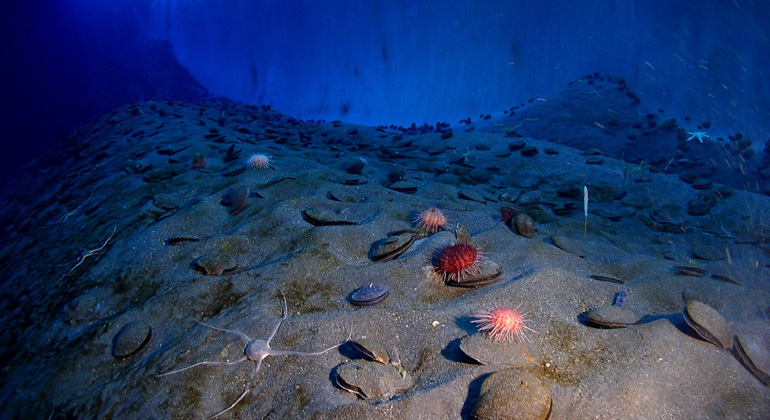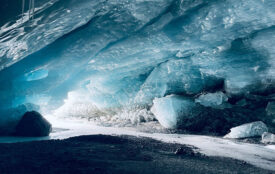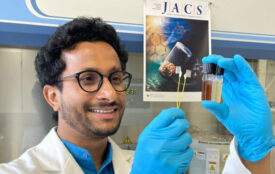Faults control the amount of water into the Earth during continental breakup
New light has been shed on the processes by which ocean water enters the solid Earth during continental breakup.
Research led by geoscientists at the University of Southampton and with major contributions by marine scientists at the GEOMAR Helmholtz Centre for Ocean Research Kiel is the first to show a direct link between fault activity and the amount of water entering the solid Earth along faults. The reaction between the deep Earth rocks and the sea water transfers chemicals between the ocean and Earth and supports diverse ecosystem. The study has been published this week in the journal Nature Geoscience.
The international team measured the amount of water that had entered the Earth by using sound waves to map the distribution of serpentinite, which is formed when water reacts with a dry rock called peridotite that makes up most of the Earth’s mantle beneath the crust.
Seismic methods use sound waves generated near the surface of the Earth or the ocean to probe the Earth’s interior. The sound waves travel through the Earth’s crust and mantle and can be detected by sensitive instruments placed on the ocean floor. The time taken for the signals to travel from the sound source to the seafloor instruments reveals how fast sound travels in the rocks, and the amount of serpentinite present can be determined from this speed.
The four-month experiment, which involved the two research ships RV MARCUS G. LANGSETH (National Science Foundation, USA) and RV POSEIDON (GEOMAR), mapped an 80 by 20 km area of seafloor west of Spain where the fault structures were formed when North America broke away from Europe about 120 million years ago.
The results showed that the amount of serpentinite formed at the bottom of each fault was directly proportional to the displacement on that fault, which in turn is closely related to the duration of fault activity.
Read more on the website of the University of Southampton
Reference:
Bayrakci, G., T. A. Minshull, D. S. Sawyer, T. J. Reston, D. Klaeschen, C. Papenberg, C. Ranero, J. M. Bull, R. G. Davy, D. J. Shillington, M. Perez-Gussinye and J. K. Morgan (2016): Fault-controlled hydration of the upper mantle during rifting. Nature Geoscience, http://dx.doi.org/10.1038/ngeo2671








